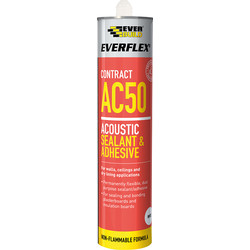- Joined
- 17 Dec 2018
- Messages
- 600
- Reaction score
- 15
- Country

Built a stud wall using some 4x2 (97mm x 47mm). The studs are 400mm apart
I have been informed that I need to leave a little gap between the plasterboard and Rockwool for it to be effective
So I wanted to use 70mm thick (as opposed to squishing 100mm between the studs
However the Rockwool only comes in 600mm widths
Is it okay to cut 200mm off each slab, then join the rockwool together to give me 400mm?
The stud wall separates a living room and bathroom
TLDR: Can you cut and join two pieces of Rockwool sound insulation in a stud wall and it still be effective?
I have been informed that I need to leave a little gap between the plasterboard and Rockwool for it to be effective
So I wanted to use 70mm thick (as opposed to squishing 100mm between the studs
However the Rockwool only comes in 600mm widths
Is it okay to cut 200mm off each slab, then join the rockwool together to give me 400mm?
The stud wall separates a living room and bathroom
TLDR: Can you cut and join two pieces of Rockwool sound insulation in a stud wall and it still be effective?

